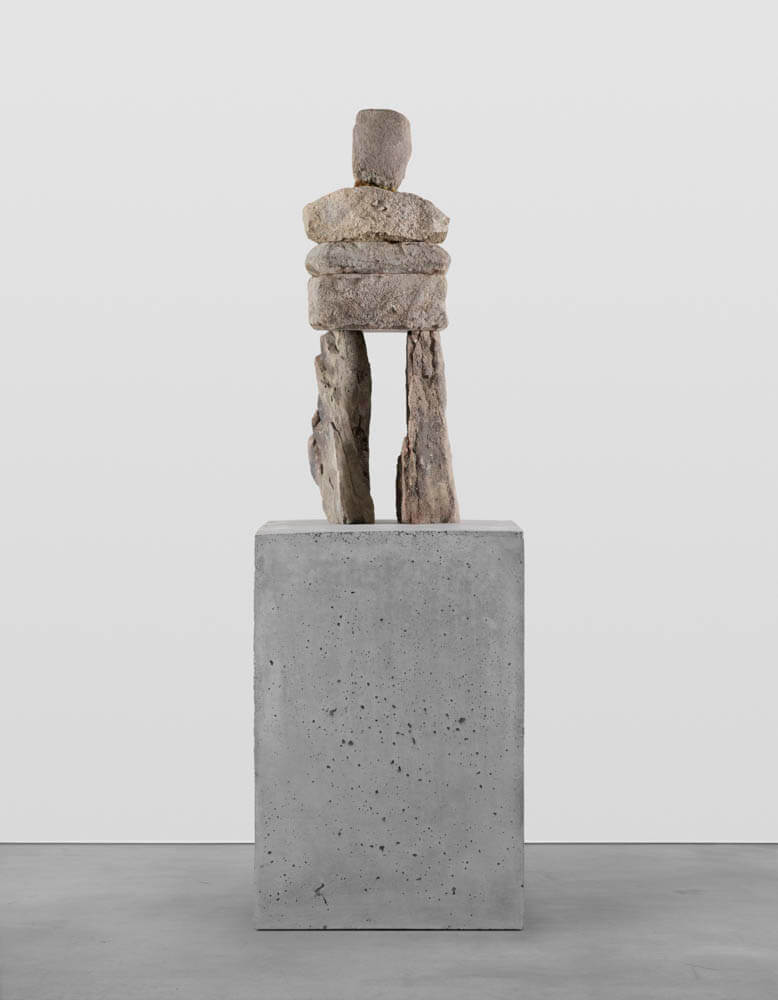
The Blessed soul is to be worshipped.
Explore the works below. Before expanding the text, think to yourself:
What do you see?
What do you feel?
What might it be addressing?
What questions do you have?
Do you like it? Why or why not?
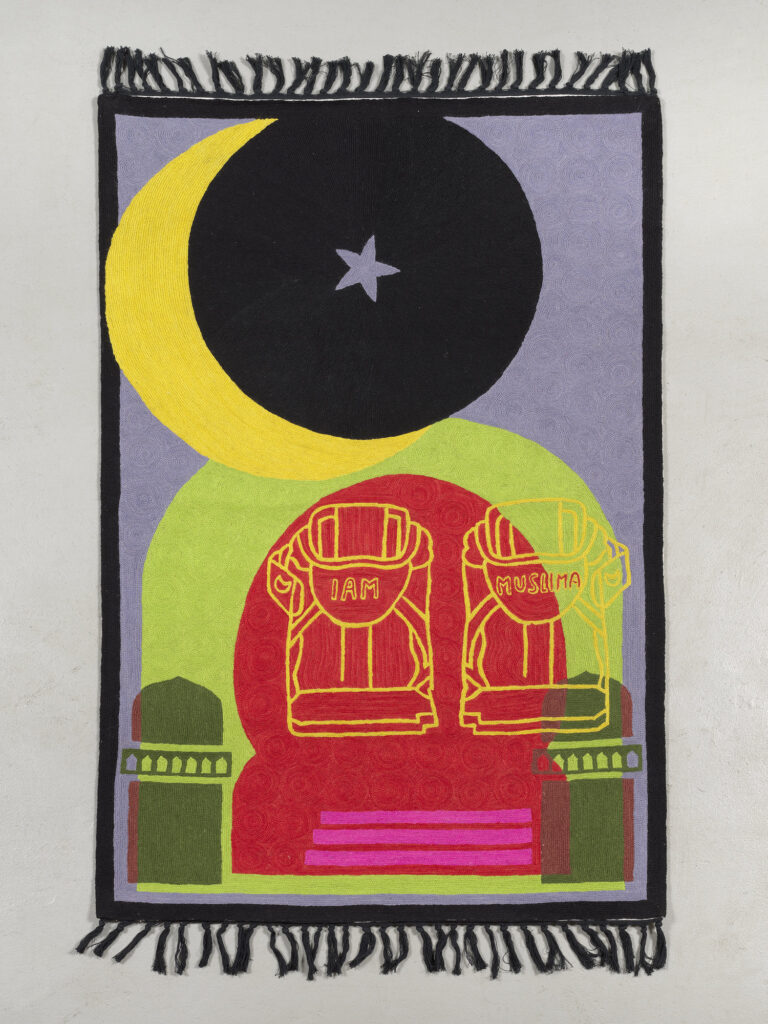
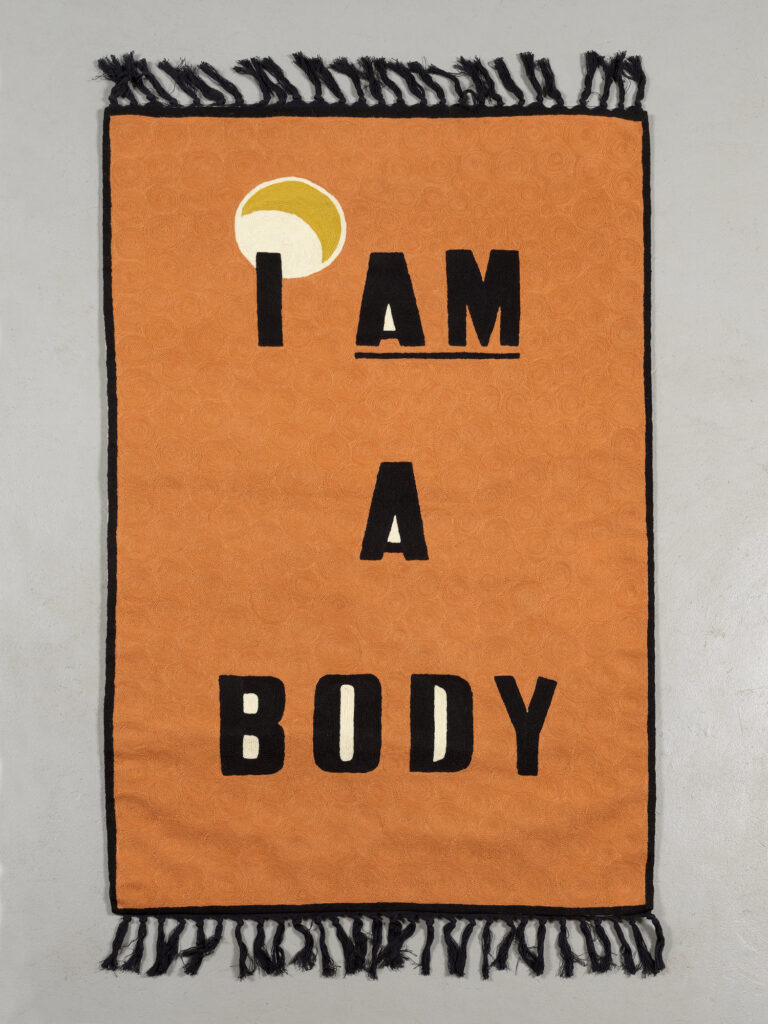
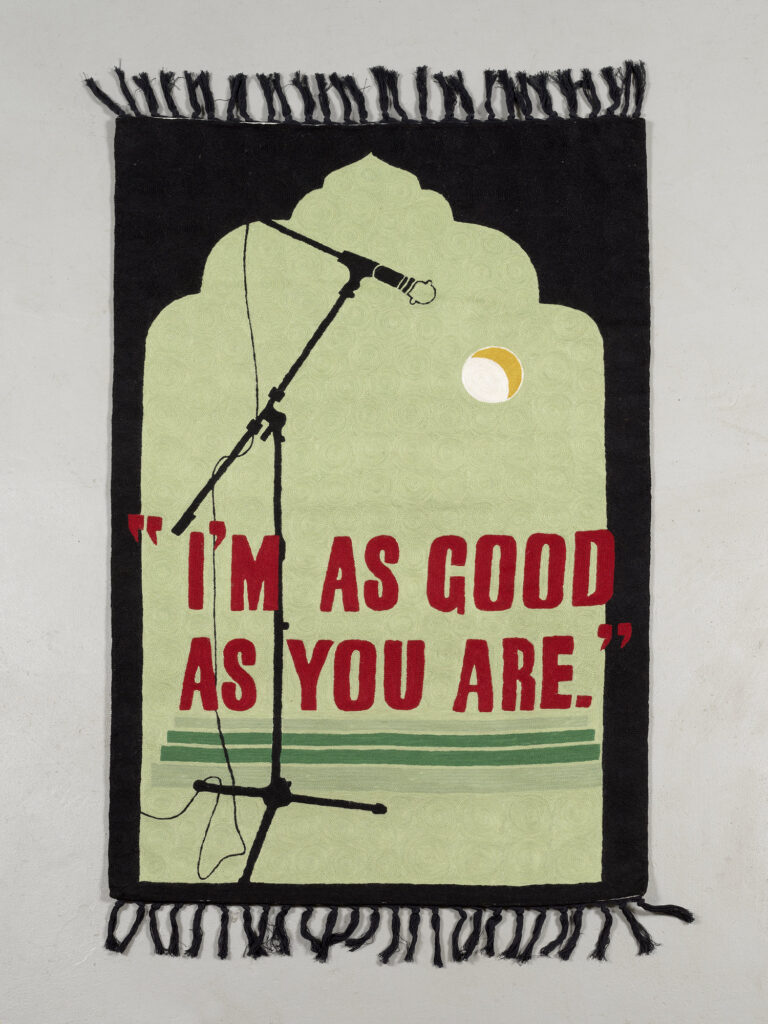
Expand to learn more
These are three of Baseera Khan’s Psychedelic Prayer Rugs (2017). Khan’s rugs take the same form as Muslim prayer rugs, but with a distinct contemporary narrative. Khan weaves imagery and words onto the rugs to address contemporary politics around Islamic existence.
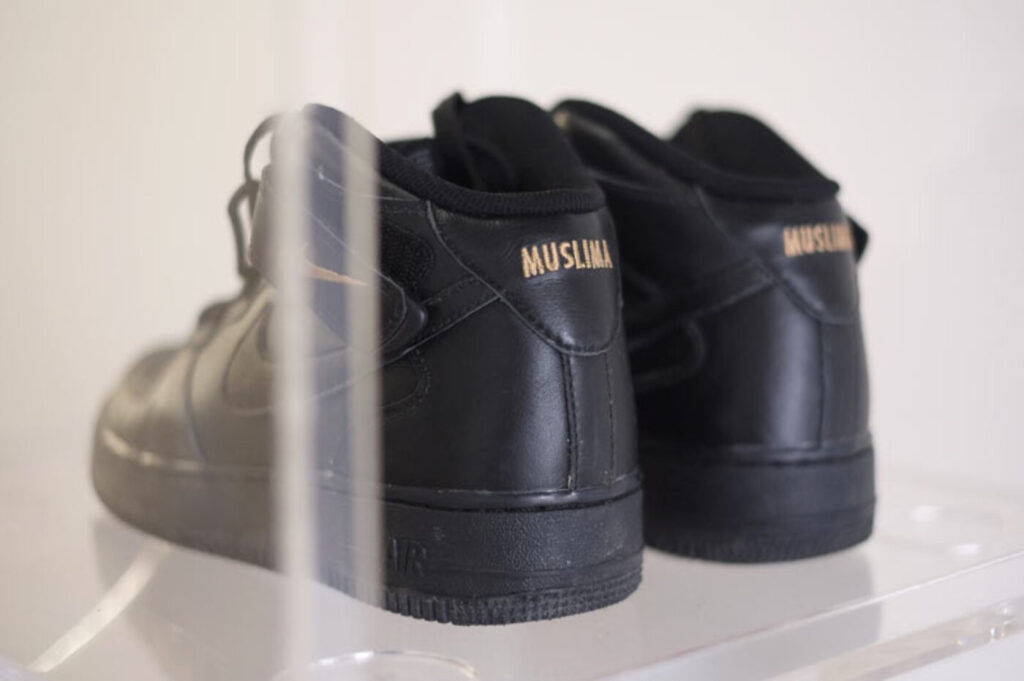
The first rug, I AM MUSLIMA references another work of theirs, iammuslima (2017), where they customized a pair of Nike Air Force Ones with the word “MUSLIMA” written across the heel, as nike would not accept it on their site.
Prayer rugs (sajjada) are used at prayer time to protect—physcially and emotionally—the prayer. It allows a clean and grounded space for one to kneel and focus.
About the Artist

Baseera Khan (b. 1980) is an American artist of Indian-Afghani descent. They are best known for using a variety of mediums to explore the body, particularly the Muslim-American body.
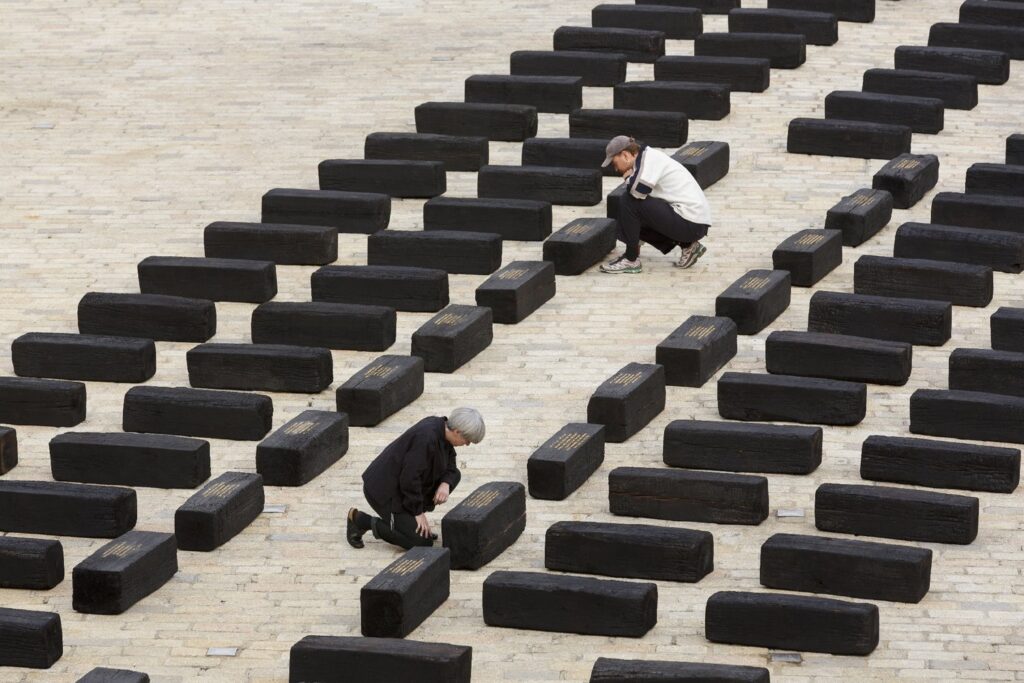
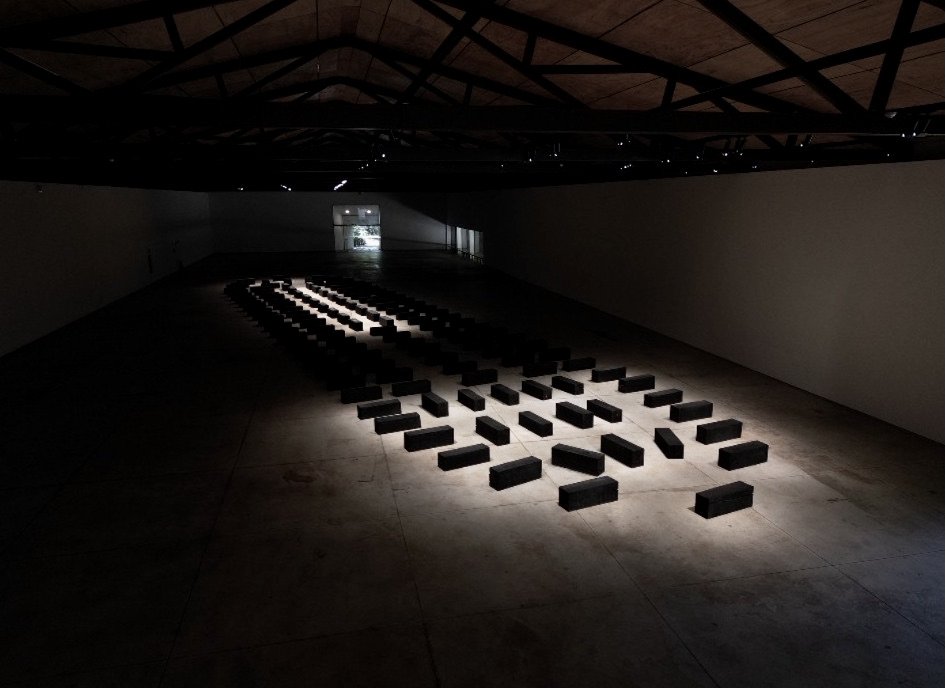
Expand to learn more
This is Grada Kilomba’s installation, O Barco (2021), a sculptural installation made of 146 charcoaled pieces of wood engraved and painted with poetry in several African languages. The wood blocks are organized into the silhouette of a boat, recreating the architecture and layout of the space created to carry millions of Africans through the pacific to be sold into Slavery. For Kilomba, the individual blocks of wood serve as metaphorical tombs. As they lay on the ground, one must bend over or kneel in order to read the inscriptions, thus lending them an honored position, even though they are on the ground.
About the Artist

Grada Kilomba (b. 1968) is a Portuguese artist of West African descent whose work interrogates histories of trauma and memory and the repetition of violence particularly around colonial histories.
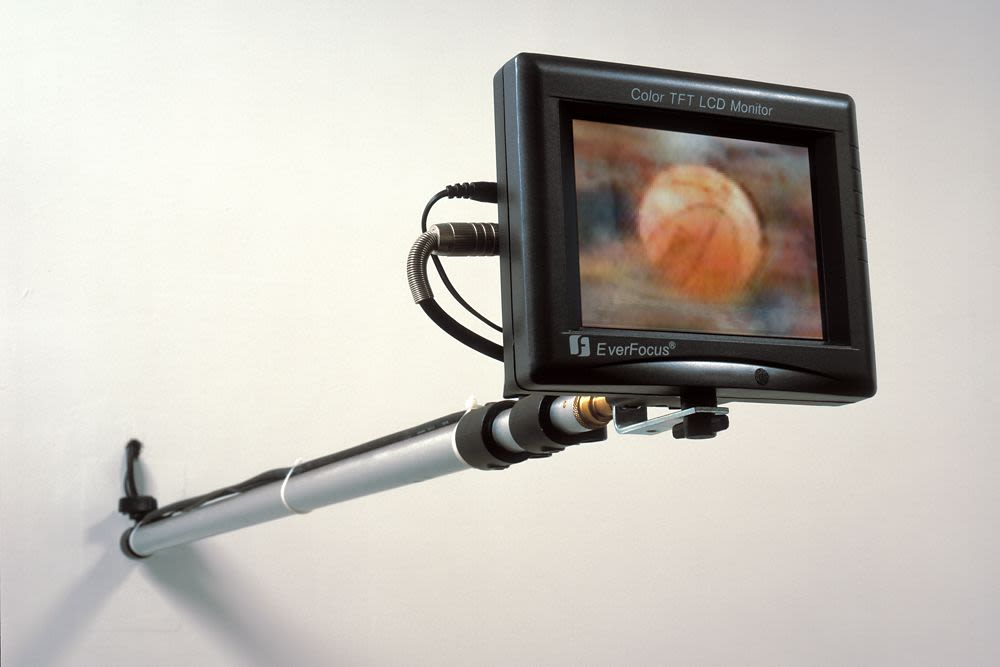
Expand to learn more
This is John 3:16 (2000), a video sculpture by Paul Pfeiffer. Pfeiffer questions contemporary idolatry, particularly in the realm of sports. Mounted on the wall, a small screen closely follows a basketball as it flies around the court. Hands of the players are the closest we get to seeing the players. The title is speaking to the Biblical line, “For God so loved the world, that He gave His only begotten Son, that whosoever believeth in Him should not perish, but have everlasting life” (John 3:16). This line is one central to the theology of Christianity, the line that states explicitly that the belief in Christ is the key to heaven. By placing these words alongside the video of the basketball, Pfeiffer makes us question what we believe in. Made in 2000, our idolization of sports players has only amplified. Pfeiffer does not tell us what to believe in, rather he forces us to reckon with our reverence and where it is focused, both as individuals and as a world.
About the Artist
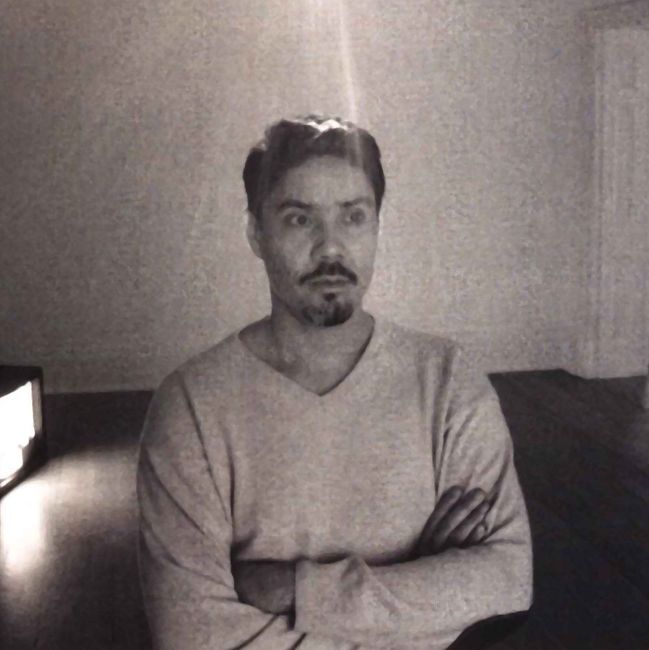
Paul Pfeiffer (b. 1966) is an American sculptor, photographer, and video artist who engages with popular spectacle to investigate for media shapes our perception of ourselves and the world.